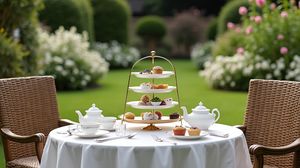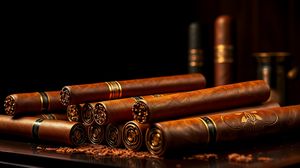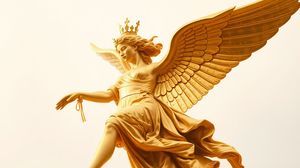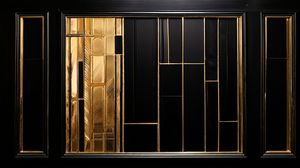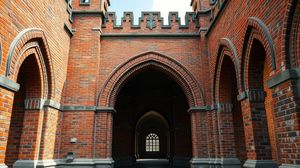
St. James's Palace is one of the oldest royal residences in London and continues to hold a significant place in the British monarchy. Originally constructed between 1531 and 1536 by King Henry VIII, the palace's Tudor architecture provides an evocative glimpse into the past, though much of the original structure has been altered over the centuries.
The palace served as the official residence of kings and queens from the 17th century until the reign of Queen Victoria, making it a historically important backdrop for many pivotal events in British history. Today, it remains a working royal palace, hosting receptions and ceremonies, and is the London residence for several royals.
A fascinating aspect of St. James's Palace is its designation as the formal court of the British monarchy, signified by the phrase "The Court of St. James's." Despite Buckingham Palace being the main royal residence, diplomatic credentials are still presented to the monarch at St. James's Palace.
A noteworthy fact is that it was at St. James's Palace in 1809 that a major fire destroyed much of the building. Interestingly, the fire was blamed on an overheated stove in an upper floor apartment, which resulted in extensive damage to the site.
Another intriguing point is that the Chapel Royal, located within the palace, is still used for royal functions and is the home of the Queen's Chapel Choir. This links to many notable events, including the wedding of Queen Victoria's son Edward VII, giving visitors a unique connection to living history.
Currently, parts of the palace are used by Princess Anne, the Princess Royal, and Princess Beatrice of York, underscoring its modern-day relevance within the royal family. While it is not typically open to the public, its historical significance and beautiful architecture make it a notable landmark.

Making the Most of Your Visit:
While St. James's Palace itself isn't open for regular tours, you can catch the Changing of the Guard ceremony. Though often associated with Buckingham Palace, it starts at St. James's and marches to Buckingham, offering a unique perspective away from the usual crowd.
The architecture might seem straightforward, but if you enjoy Tudor history, pay close attention to the Tudor Gatehouse. It's one of the few parts of the palace that still retains a strong hint of its original 16th-century appearance.
Peek through the rails into the secluded Stable Yard Road to catch a glimpse of the comings and goings of life at a royal residence. It offers a sense of the palace's working role that can't always be gathered from a distance.
Since access to the inside isn't available, really take the time to appreciate the surroundings of St. James's Park next door. The park itself is considered the oldest Royal Park in London and is directly linked to the history of the palace.
Keep an eye out for any special events or open days. Occasionally, St. James's Palace participates in special openings or events like Open House London that provide rare interior access, giving a deeper insight into its historical and current significance.

Visiting Times & Costs:
St. James's Palace is generally not open to the public for regular tours. While the interior isn't accessible to visitors, including those with mobility issues, the exterior can be admired freely.
However, the palace occasionally participates in special events like Open House London, where some parts of the building may be open to the public. Details about specific open days and events vary each year.
Accessibility: Since the interior of the palace is not open for regular visits, public information on accessibility within the palace is limited. If attending a special open event, it's advisable to check accessibility options in advance.
There are no entrance fees for viewing the exterior of the palace or participating in public events like the Changing of the Guard that begin at St. James's Palace.

Address & Map:

Nearby:
